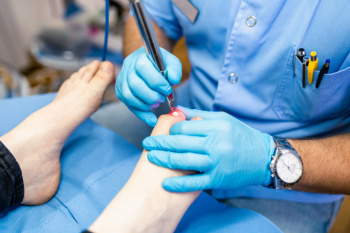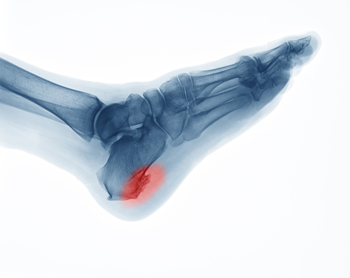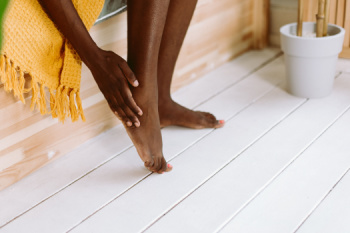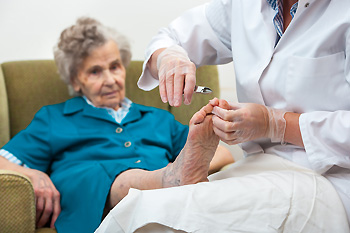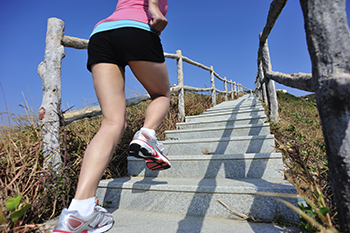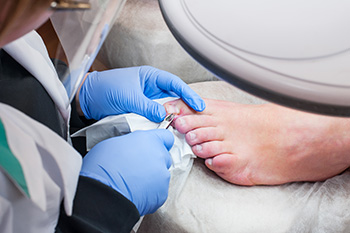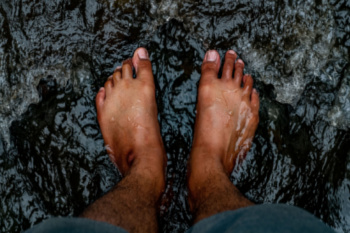
Hammertoe is a deformity where one of the smaller toes bends downward at the middle joint, giving it a hammer-like appearance. It is often caused by wearing shoes that are too tight or narrow. This forces the toe into a bent position, which can lead to discomfort, irritation, corns, or calluses. When a hammertoe progresses and other treatment fails to provide relief, surgery may be necessary. Options include lengthening the tendon to release the tightness, a tendon transfer to balance the toe's position, or joint fusion to create stability. These procedures aim to realign the toe and alleviate pain. After surgery, a patient may need to wear a specialized shoe or boot for a few weeks to support healing. Full recovery typically takes four to six weeks. A podiatrist can examine the hammertoe to determine which treatment option is best, based on the severity and stiffness involved. If you have a painful hammertoe, it is suggested that you schedule an appointment with a podiatrist.
Foot surgery is sometimes necessary to treat a foot ailment. To learn more, contact one of our podiatrists of Community Foot Specialists. Our doctors will assist you with all of your foot and ankle needs.
When Is Surgery Necessary?
Foot and ankle surgery is generally reserved for cases in which less invasive, conservative procedures have failed to alleviate the problem. Some of the cases in which surgery may be necessary include:
- Removing foot deformities like bunions and bone spurs
- Severe arthritis that has caused bone issues
- Cosmetic reconstruction
What Types of Surgery Are There?
The type of surgery you receive will depend on the nature of the problem you have. Some of the possible surgeries include:
- Bunionectomy for painful bunions
- Surgical fusion for realignment of bones
- Neuropathy decompression surgery to treat nerve damage
Benefits of Surgery
Although surgery is usually a last resort, it can provide more complete pain relief compared to non-surgical methods and may allow you to finally resume full activity.
Surgical techniques have also become increasingly sophisticated. Techniques like endoscopic surgery allow for smaller incisions and faster recovery times.
If you have any questions please feel free to contact our offices located in Beavercreek, Dayton, and Vandalia, OH . We offer the newest diagnostic and treatment technologies for all your foot and ankle needs.
